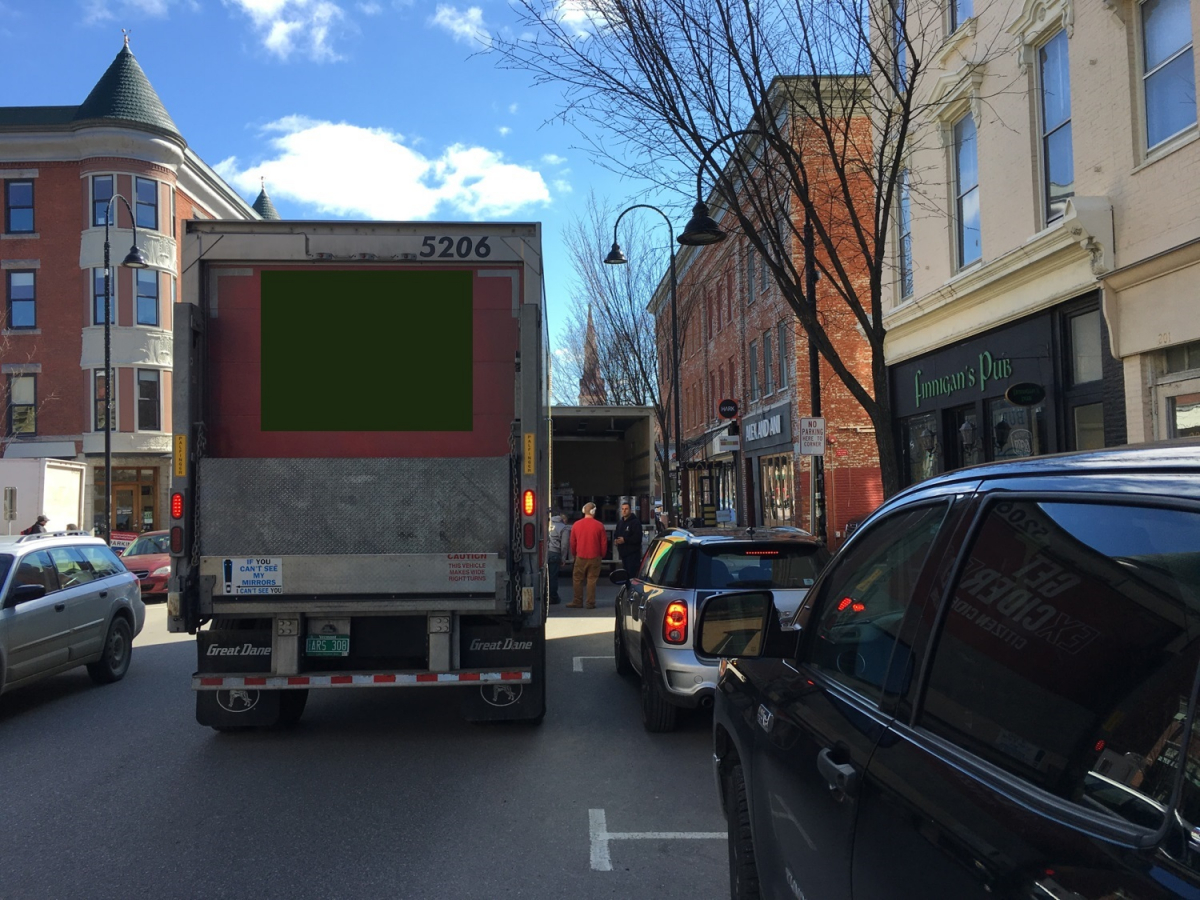Planning and Policy Approaches for Supporting Sustainable Urban Freight Movement
With over 60 million tons of freight, worth $40 billion, moving daily through the US transportation system, logistics and goods movement are essential parts of our economy and communities. Virtually any product that one purchases or uses was transported in some form through a complex supply chain, often involving multiple modes and many stops across the locale, nation, and world. An efficient, reliable, and safe transportation system that accommodates and facilitates freight movement is essential for supporting economic growth and quality of life. Today, every 25 people in the US produce one e-commerce delivery, with projections forecasting massive growth in the coming years. Most of this growth will be in densely-populated urban areas. EDR Group’s (now EBP) study of how private firms make site selection decisions for new facilities (and expanding existing ones) reveals that proactively planning for logistics and goods movement needs to be part of economic development strategies developed by states, regions, and cities.

In our past and current work on urban and regional freight movement, we have identified three areas in particular that warrant special attention:
- Integrating Goods Movement Needs into Community Design. Vital communities rely on efficient and reliable freight systems. As cities and communities seek to encourage and implement mixed-use, human-scale development, it is important to consider the needs for commercial and residential goods movement access and mobility. For example, the City of Seattle instituted a flexible approach to implementing Complete Streets based on the unique qualities of the street, including freight mobility needs. In many cities and regions, however, Complete Streets initiatives and efforts do not include accommodations for trucks and goods movement, potentially leading to delivery vehicles attempting to serve businesses and homes through double-parking, blocking of bike lanes, and other undesirable actions. Cities and suburbs will also need modern parking regulations and street design that ensure trucks can access dense pick-up and delivery locations without interfering with local vehicle, bike, and pedestrian traffic. The same applies to the noise and other environmental impacts trucks deliver at a higher relative rate than smaller vehicles.
- Focus on Transportation System Reliability. Reliability is a measure of the variability of travel times. When a system is reliable, people and goods get to their destinations on-time, every time. Freight shippers, receivers and operators view the ability to plan trips, deliveries, and transactions down to hours and minutes—rather than days and weeks—as essential to productivity and economic survival. Reliability is thus one of the most important performance measures for the goods movement industry. Freight shippers, for example, may have more expectations for a reliable off-peak transportation network than for peak period conditions. Freight movers try to use the generally less congested off-peak periods, but transportation agencies often scale back incident management activities between the peaks. Given the important role of just-in-time manufacturing, however, the midday periods may be those when incident management is most important to the provision of travel time reliability. The University of Washington’s Supply Chain and Logistics Center is currently working on development of quantitative measurement system called an "Urban Freight Score" to evaluate the accessibility of various locations in the city for trucks.
- Proactively Engage Stakeholders. The freight and goods movement environment is dynamic and complex, making it challenging to understand and address successfully in the conventional transportation and community planning processes. Since effectively planning for freight requires an understanding of these dynamics, planners need to identify and talk with key industry stakeholders, both public and private, including representatives of transportation firms, shippers, receivers, distribution centers, ports, airports, brokers, 3PLs and others. Establishing positive relationships with freight stakeholders creates a setting for ongoing dialogue that facilitates the identification of win-win solutions to transportation problems and more community-friendly accommodation of freight and goods movement needs. For example, the Capital District Transportation Committee’s (CDTC) Freight Advisory Committee, comprised of a variety of public and private freight stakeholders, has facilitated numerous initiatives to address local and regional freight mobility needs, ranging from truck parking space shortages to designation of a regional freight priority network.
Freight and goods movement needs to be part of the planning process from the beginning, rather than a stand-alone effort or afterthought. EDR Group’s freight and logistics consulting engagements, such as the California Freight Mobility Plan, the Cook County (IL) Freight Plan, and the Silicon Beach Innovation District (Los Angeles) Logistics Plan, have found that planning processes that place a greater emphasis on reliability and supply chain management while also balancing community concerns enhance public and policy-maker appreciation of efficient local and regional freight movement, whether ultimate shipping destinations are across town or across the world. Through such integration, plans and designs can be made more efficient, cost-effective, and supportive of desirable development.